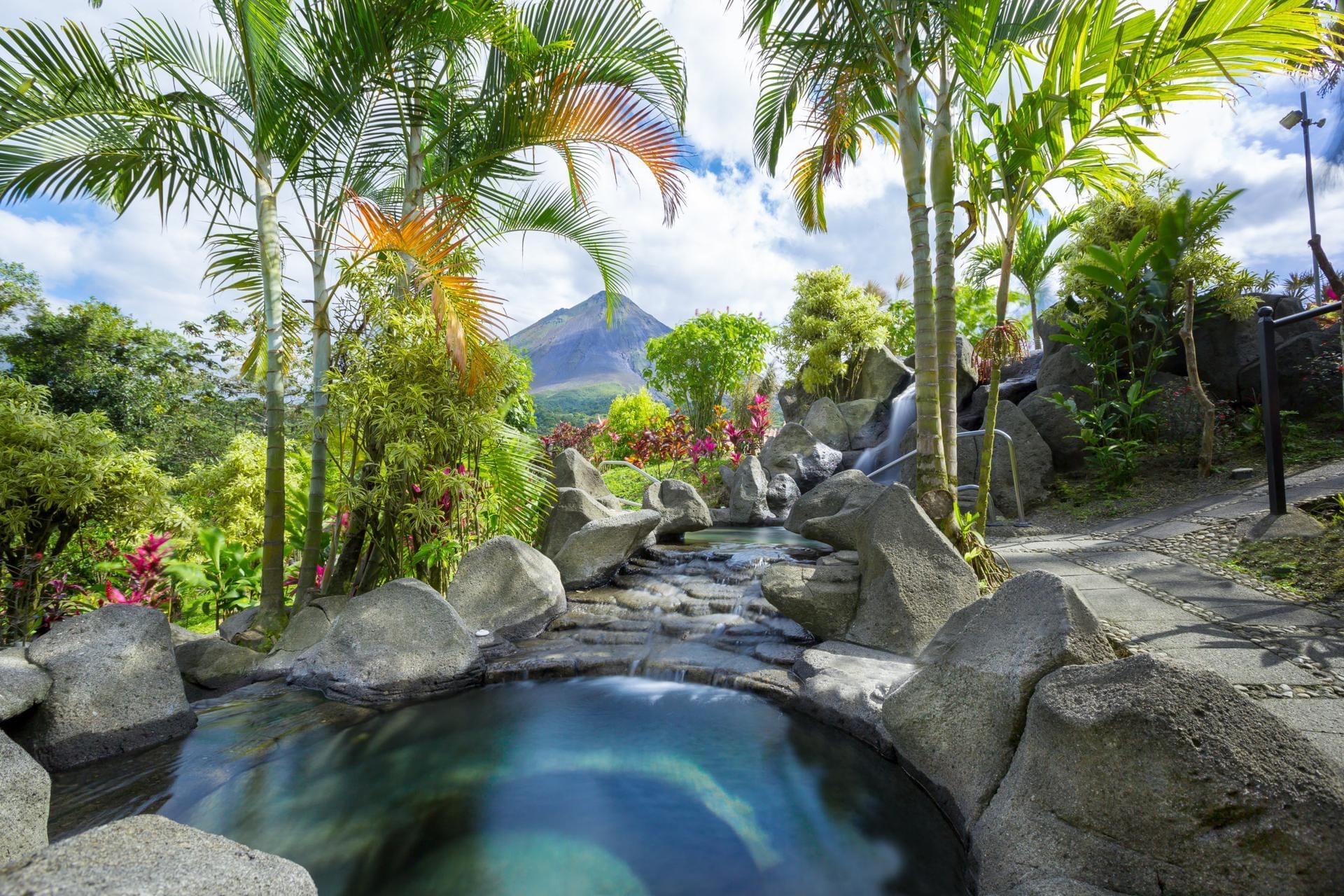Explore Costa Rica’s Gold Coast

The province of Guanacaste got its name from one of the largest mimosa trees in the world, The Guanacaste tree. In the ancient Nahuatl language, "Guanacastl" means “the tree of the ears” because the large seed pods resemble a human ear.
Aside from the trees, Guanacaste is home to numerous beaches, active volcanoes, tropical dry forests, cave systems, and cloud forests. It's home to the cowboy country of rolling plains where cattle roam and colonial-style towns like Nicoya and Liberia. Yet, it's a place of nature where thousands of sea turtles come ashore each year.
Guanacaste is also the driest part of Costa Rica, the province with the least rain and the most sun. Being the driest part, along with its beaches, makes Guanacaste the location of most of Costa Rica's larger all-inclusive resorts. It's where people come to the beach to relax by a great pool with a great drink.
If you're planning a vacation to Costa Rica, you could do far worse than including a stay in Guanacaste. You will have a great time exploring the coastline and interior of Guanacaste.
Best Time to Travel to Guanacaste
There's no wrong time to visit Guanacaste. The weather, year-round, is hot and sunny. The rainy season runs from May to November, with September and October being the wettest. Think sunny mornings and rainy afternoons.
Christmas/New Year and Easter can get very busy and more expensive in Guanacaste. Therefore, if you can avoid this time to travel, please do.
Weather in Guanacaste

Guanacaste is the driest and warmest part of Costa Rica, the best weather for beach lovers. You can expect mid-to-late 80s F (early 30s C) temperatures for much of the year, with humidity lower than elsewhere.
The rainy season is from May to November, but even then, there's not a great deal compared to elsewhere in Costa Rica. Think hot and sunny most of the day with strong afternoon showers. The rainiest months are September and October.
Is Guanacaste Safe?
Guanacaste is a microcosm of Costa Rica itself, a province among seven. It shares the same issues as the rest of the country, so crime exists in Guanacaste. Travelers should be careful in the major tourist centers and avoid being out alone at night or flashing their valuables around. Don't leave stuff in your car, ever. And don't leave anything on the beach you care about losing.
Many beaches in Guanacaste have powerful rips and undertows, with no lifeguards anywhere. So take care in the ocean here. Also, the climate in Guanacaste is generally hot and sunny - a climate that can kick the butt out of pasty northerners, so be careful here as well.
How to Get to Guanacaste

Guanacaste Airport (code LIR) is Costa Rica’s second-largest and second-most important after Juan Santamaria Airport in San José. So if you're traveling to Guanacaste, you're far better off traveling here than to SJO.
You can fly direct to Guanacaste Airport from many U.S. cities, including the main hubs of Atlanta, Charlotte, Dallas, Houston, Los Angeles, Miami, New York, and more. Head to our flights page for the full scoop on getting to LIR. As it stands, you can get to Guanacaste Airport directly from cities in the states of California, Colorado, Florida, Georgia, Maryland, Massachusetts, Minnesota, New Jersey, New York, North Carolina, and Texas.
You can also fly directly into Guanacaste Airport from various airports in Canada and Europe.






